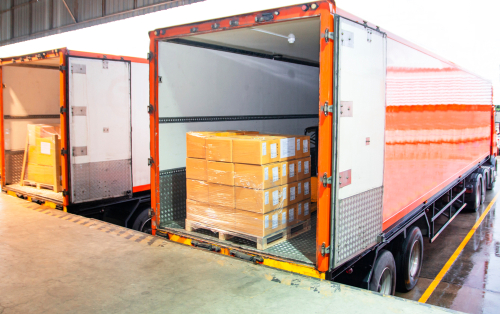The U.S. trucking industry is currently weathering a challenging market, as truckload prices are being driven downward. The truckload producer price index (PPI) has now declined sequentially for two consecutive quarters, which means trucking companies are having to rethink their business strategies in order to stay afloat. Here is the latest news regarding the trucking industry’s price slump, and how it’s affecting industry players.
Truckload pricing is falling faster than LTL pricing
Although US truckload and less-than-truckload (LTL) pricing areboth decreasingon a sequential basis, truckload prices are falling more rapidly than those of LTL. The IHS Markit US truckload PPI has fallen 1.45 percentage points in the 2ndquarter of 2019, while the LTL PPI has dropped 0.2 percent.
Why the discrepancy in growth? The LTL sector has greater resilience to pricing wars than the truckload market, as the LTL industry is much more concentrated. The 25 largest carriers account for 91 percent of total LTL revenue, while the top 25 truckload carriers comprise just a fraction of the truckload market. Moreover, LTL carriers practice “pricing discipline,” which bases prices on the actual cost of moving goods, allowing the industry to largely avoid the rate wars that truckload carriers experience.
While prices are dropping sequentially, they are still rising annually
Data from IHS Markit also shows that both truckload and LTL rates are continuing to grow annually, although the growth is considerably slower than in 2018. According to IHS Markit’s forecast, truckload pricing will contract on a year-over-year basis by the fourth quarter of 2019 while flattening sequentially. By the end of the year, prices will have risen by less than 1 percent. LTL price increases, on the other hand, should continue to grow both annually and sequentially, albeit at small percentages.
Operating costs are rising
A major issue for trucking companies is that while rates are slowing, operating costs still continue to rise, which harms profit margins. Operating ratios for the majority of carriers are in the 90 percentile range, as carriers need to invest in newer technology, better equipment and higher pay for their truck drivers. As the standard driver and owner-operator rates are higher than they used to be, businesses are struggling to balance the falling rates for customers with the rising costs of labor.
Overcapacity is being corrected, though there is still a ways to go
Lower rates are largely the result of both lower freight demand and ample capacity. As such, trucking companies are having to correct their capacity oversupply in order to maintain their profit margins. According to Knight Swift, the largest full truckload carrier in the U.S., “the correction of the truckload capacity oversupply appears to be well underway and will continue over the coming quarters.”
As more companies make cuts in their capacity, both in their fleets and driver pool, rates will be driven higher, leading to a “positive rate environment [for truckers] as we move into 2020,” says Knight-Swift.
However, the industry will need to be patient, as the correction won’t be instantaneous. While carriers have held back on ordering new trucks in 2019, many are still receiving trucks from orders made last year. According to IHS Markit, new Class 8 truck registrations increased 29.1 percent in January to May 2019, which means more excess capacity that will need to be corrected.


